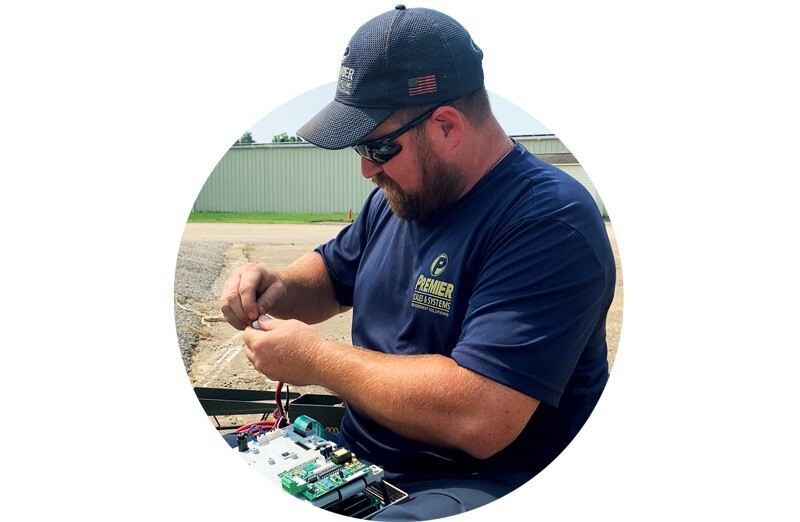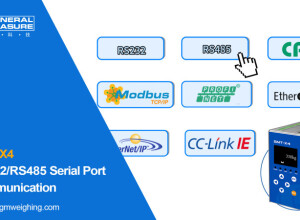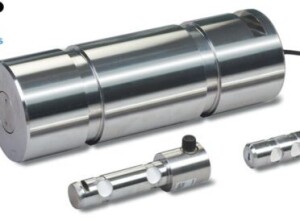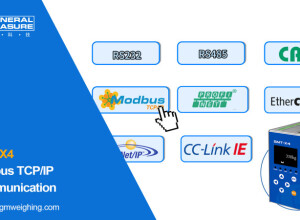Premier Scales & Systems (United States) - The Hidden Cost of Efficiency.
It’s not a new problem. It’s been silently growing right alongside efficiency since the days of the Model T. As production lines have modernized, they have become more efficient and made each minute of production more and more valuable. The reverse of this is also true. Each minute of production downtime has become more costly. According to one study, each minute of downtime in the auto industry costs can cost $22,000. How much does downtime cost your business? $22,000 per minute may seem incredibly high, but the various costs of downtime can add up quickly. The average manufacture experiences 800 hours of downtime each year. Even at $1 an hour, downtime could be costing your business $48,000 a year. Unfortunately, many facilities write this cost off as an acceptable cost of doing business. How much is your company spending on downtime?
Here are some costs to consider:
Tangible Cost:
- Replacement Cost
- Expedited Shipping
- Overtime Pay
- Decreased Efficiency
- Lost Production Time
Intangible Cost:
- Reputation
- Quality
- Safety
Which maintenance strategy is your company using?
Reactive Maintenance:
Reactive maintenance is an old-school strategy from the days of the Model T. This strategy is centered on the philosophy, “if it ain’t broke, don’t fix it.” In the early days, simple components meant production lines could be fixed in a matter of hours using onsite resources. These factors kept downtime short and reduced the overall impact a breakdown could have on production. Those who follow this strategy believe it’s not worth spending valuable resources to work on functioning equipment. As manufacturing technologies advance, complex machines are performing more of the production process. This new complexity has caused companies unwilling to adapt their procedures to fall behind. Facilities utilizing reactive maintenance experience more unplanned downtime, less efficient production, and higher maintenance costs compared to companies that practice preventative maintenance.
Pros of the Reactive Strategy:
- Short-term Savings
- Less Planning Needed
Cons of the Reactive Strategy:
- Greater Long-term Cost
- Increased Unplanned Downtime
- Decreased Efficiency
- Unpredictable Cost
Preventative Maintenance:
More recently, facilities have started to adopt a preventative maintenance philosophy. If a critical part goes down, it could mean days of downtime not hours. Preventative maintenance is all about taking proactive measures to increase equipment life and prevent unplanned downtime. Similar to changing the oil in a car or going to the gym, the focus is on long-term results rather than short-term costs. The preventative mindset utilizes scheduled downtime to identify and fix potential problems and to keep equipment running efficiently. This strategy allows companies to avoid the high costs associated with breakdowns such as overtime pay, expedited shipping cost, and lost production time. One study shows that planned maintenance is up to 5 times cheaper than unplanned maintenance. Scheduled downtime is also a great time to keep your equipment running at peak performance by performing incremental upgrades as outlined in our 5 Tips for Lean Production blog post.
Pros of the Preventative Strategy:
- Reduced Long-term Cost
- Planned Downtime
- Increased Efficiency
- Easier to Budget
- Extended Equipment Life
- Greater Safety
Cons of the Preventative Strategy:
- Greater Short-term Cost
- Additional Planning
- Ridgid Scheduling
Predictive Maintenance:
Predictive maintenance is an emerging data-driven maintenance strategy that is the next evolution of preventative maintenance. Much like preventative maintenance, the goal of predictive maintenance is to address possible issues before they cause major problems. Where predictive maintenance differs from preventative maintenance is the way data is used. Preventative maintenance solely relies on historical data to create maintenance schedules. This is a good starting point, but it has its weaknesses. Historic data paints a misleading picture of current conditions and leads to poor scheduling. Predictive maintenance is similar to just-in-time inventory programs. It utilizes real-time data in conjunction with historical data to maximize production efficiency. This means equipment is serviced at just the right time for both the facility and equipment, not just because a schedule says so. This strategy optimizes the balance between cost, equipment health, and production demands. Building on our oil change example, preventative maintenance is the equivalent of changing your oil every six months simply because that is the average time for the oil to degrade. On the other hand, predictive maintenance factors in a list of other real-time factors such as mileage, vehicle use, condition, upcoming trips, and the operator’s availability to determine the most efficient time to change the oil. Combining these factors may mean the oil is changed after four months one time then after eight months the next.
Pros of the Predictive Strategy:
- More Convenient Maintenance Scheduling
- Efficient Maintenance Planning
- Reduced Long-term Cost
- Maximized Equipment Lifespans
- Increased Safety
Cons of the Predictive Strategy:
- Highest Short-term Cost
- Additional Hardware/Software Required
- Complex Setup
Is it Time to Switch to a New Maintenance strategy?
Due to their benefits, many companies are switching to preventative and predictive strategies. Unfortunately, because of extra planning and a perceived additional cost, many companies struggle to make the first steps towards these modern maintenance strategies. That’s where Premier’s experience can help.
How can Premier help?
We take the guesswork out of maintenance scheduling and budgeting by offering Preventative Maintenance Agreements (PMAs) for all of your metrology equipment. We will work directly with your team to create a custom PMA designed to identify minor problems before they become major issues and to preserve your equipment’s performance. Whether it’s a weekly 10-point scale check or biannual equipment calibration, we meticulously create each PMA to fit your company’s specific goals and budget.
Our partnership with Mettler Toledo also gives us access to amazing predictive maintenance technology and data collection software like TraxEMT™, Collect+, and Smart Digital Weighing Technology. These Mettler Toledo exclusive technologies, provide real-time failure notifications, predictive failure analysis, the revolutionary Runflat algorithm, and instant weighing data collection.
























Interested? Submit your enquiry using the form below:
Only available for registered users. Sign In to your account or register here.